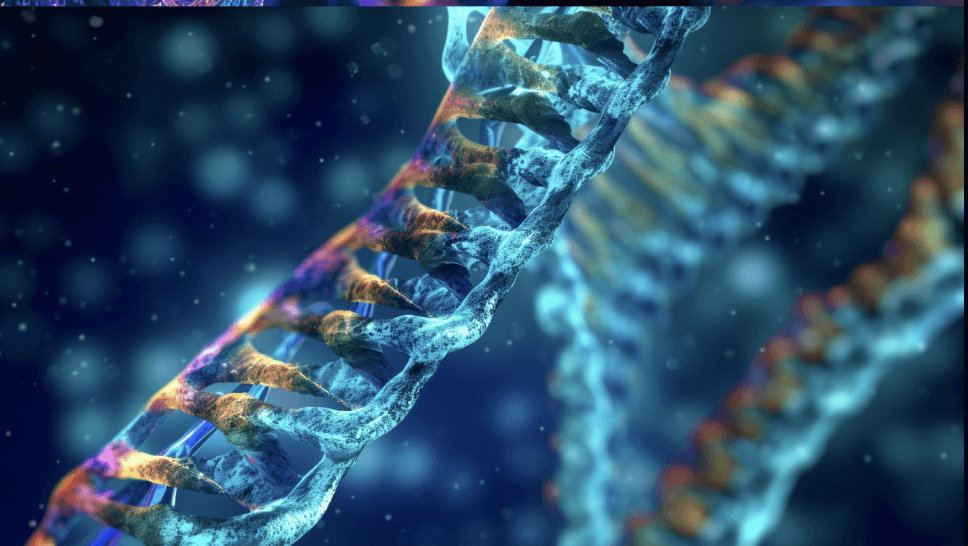Transcriptomics: on genes and diseases with Bionl.ai
October 2, 2023
·Tasnim Nour

Introduction
Transcriptomics is more than just a buzzword in the realm of bioinformatics; it's a revolutionary approach to understanding the intricate world of genes. Imagine having the ability to read the 'script' of a cell, tissue, or even an entire organism. That's precisely what transcriptomics allows us to do. But what does this mean for scientists, healthcare professionals, and even for you? Let's delve into the fascinating world of transcriptomics and explore how platforms like Bionl.ai are making this research more accessible than ever.
What is Transcriptomics?
In simple terms, transcriptomics is the study of the transcriptome—the complete set of RNA transcripts produced in a cell. These transcripts are like photocopies of DNA, made during the transcription process. They can either be messenger RNA (mRNA), which serves as a template for protein synthesis, or non-coding RNA, which plays a vital role in gene regulation and other cellular functions.
Why Does It Matter?
Transcriptomics is a game-changer for several reasons:
- Gene Expression: It helps us measure the activity levels of individual or groups of genes, providing insights into their regulation and how they respond to various stimuli.
- Alternative Splicing: This process allows different RNA transcripts to be produced from the same gene, and transcriptomics helps us identify and understand these variations.
- RNA Editing: After transcription, RNA can be modified. Transcriptomics aids in identifying these modifications and understanding their regulation.
- Long Non-Coding RNAs (lncRNAs): These are non-coding RNAs longer than 200 nucleotides, and transcriptomics helps us identify and study them.
In this video, you'll learn about the revolutionary technique of cellular transcriptomics and how it is providing new insights into how cells work in health and disease.
What is cellular transcriptomics?
The Impact of Transcriptomics
Transcriptomics data can be harnessed for:
- Identifying New Genes and Regulatory Elements: This helps us understand gene regulation and function better.
- Characterizing Different Cell Types and Tissues: This helps us understand how the transcriptome changes during development or in response to stimuli.
- Identifying Disease-Related Genes: This can lead to the development of new therapeutic targets and diagnostic tests.
- Understanding Gene Regulation Mechanisms: This can lead to new ways to control gene expression and treat diseases.
Tools and Techniques in Transcriptomics Research
Bioinformatics researchers employ a myriad of tools to analyze transcriptomics data:
- Differential Expression Analysis: This identifies genes that show different expression levels between samples, helping pinpoint genes involved in various biological processes or diseases.
- Gene Enrichment Analysis: This identifies groups of genes that are overrepresented in a dataset, shedding light on biological pathways or processes involved in specific conditions.
- Co-expression Analysis: This identifies genes that are expressed together in a similar pattern, helping to pinpoint genes involved in the same biological pathway or process.
- Network Analysis: This identifies interactions between genes, helping to create networks of genes involved in similar biological pathways or processes.
With Bionl.ai, you can perform these analyses effortlessly. The platform's NLP-enabled features make it an all-in-one workspace for scientists, enabling you to transcend predefined functionalities and adapt to the ever-changing landscape of biomedical research.
How Bionl.ai Fits Into the Picture
For those who find the technical aspects of bioinformatics daunting, Bionl.ai offers a no-code platform that simplifies complex bioinformatics research. With features like GenAI for Data Analysis, you can upload your transcriptomics data and interact with it using natural language prompts to derive insights. The platform also offers ready-to-use datasets and various data visualization options, making it easier to interpret your findings.
Conclusion
Transcriptomics is a powerful lens through which we can explore the complexities of life at the genetic level. With platforms like Bionl.ai, this groundbreaking research is no longer confined to those with extensive programming skills or bioinformatics expertise. It's an exciting time for science, and we're just scratching the surface of what transcriptomics can do.
So, whether you're a seasoned researcher or a curious onlooker, the world of transcriptomics is now more accessible than ever, promising to revolutionize our understanding of biology and medicine.
This blog was co-authored with ChatGPT.
Related Posts
- Bioinformatics
- Genomic
Vaccines and Genomics: A Synergistic Approach to Disease Prevention
n the battle against infectious diseases, vaccines have been our most potent weapon. The advent of genomics and bioinformatics has revolutionized vaccine development, enabling more precise and rapid responses to emerging threats. This blog explores the relationship between vaccines and genomics, the importance of understanding genomic data in vaccine discovery, and how bioinformatics might accelerate the process of vaccine discovery.
Aug 2023
Tasnim Nour
- Bioinformatics
- Research
Bioinformatics Role in Single-Cell Research
Single-cell biology is an emerging field that has shifted the paradigm from studying cells in bulk to understanding them at an individual level. This shift has led to groundbreaking discoveries in cell development, differentiation, and disease mechanisms. Bioinformatics for single-cell research has become an indispensable tool, especially when platforms like Bionl.ai are leveraged for data analysis.
Oct 2023